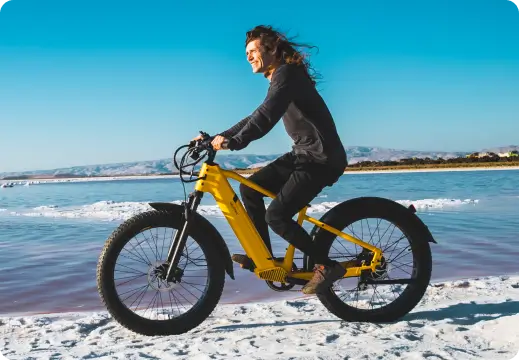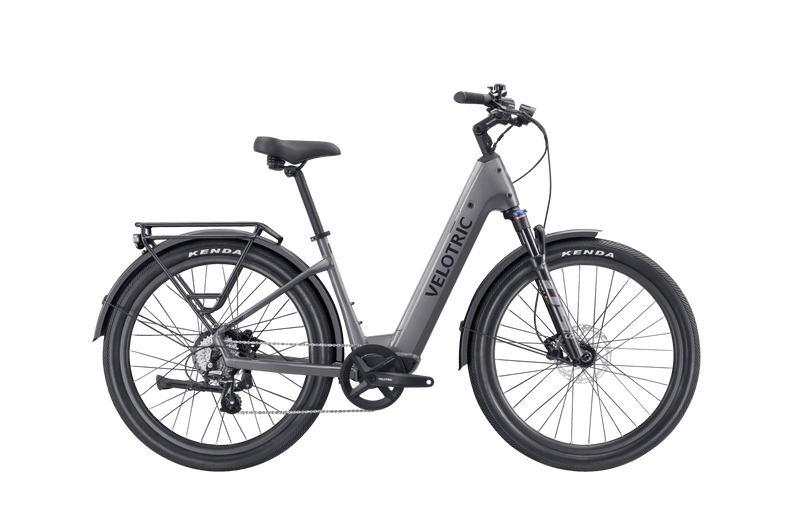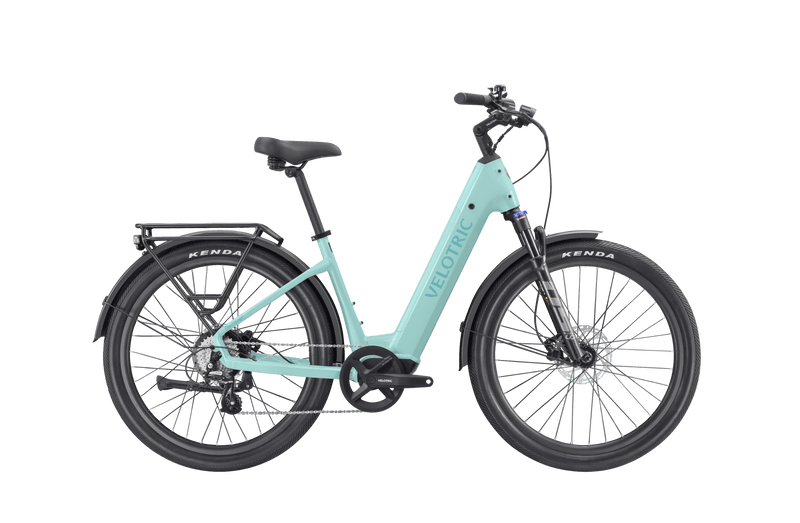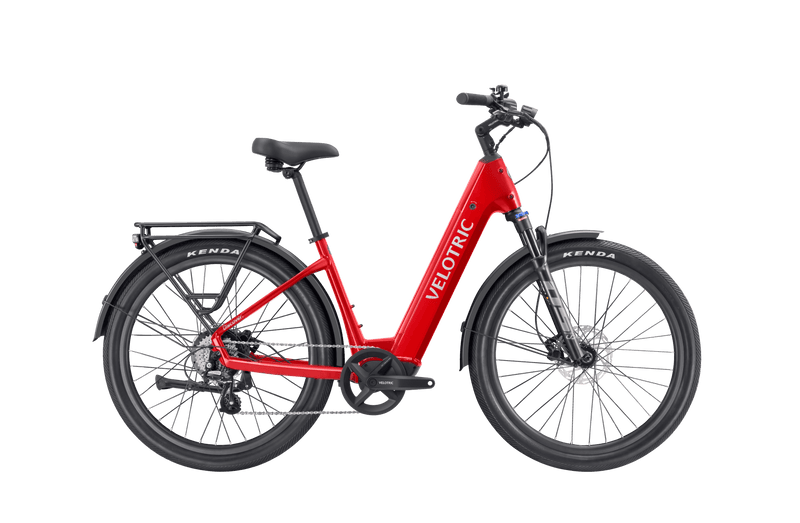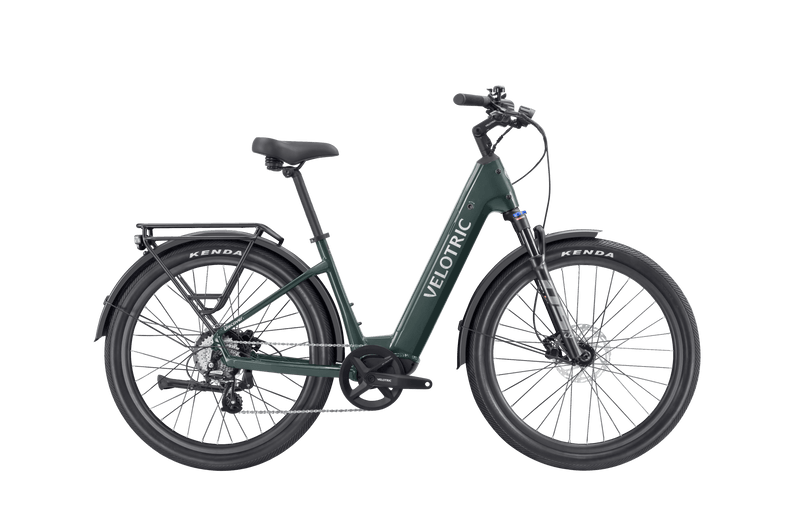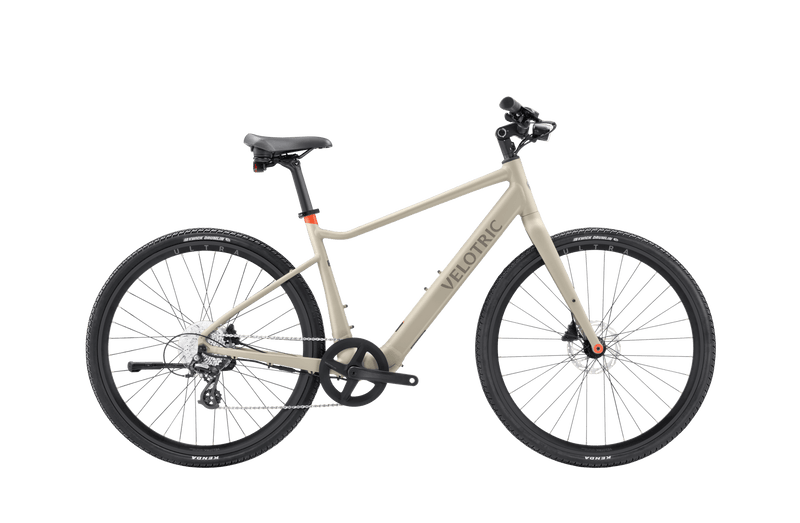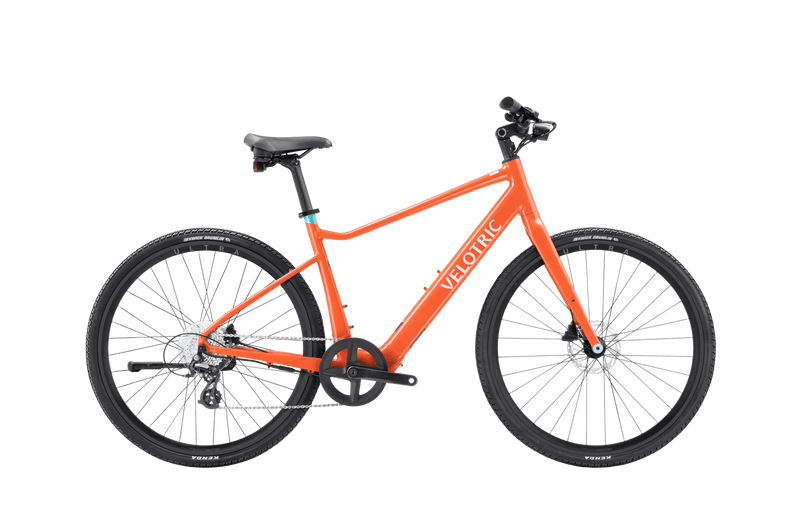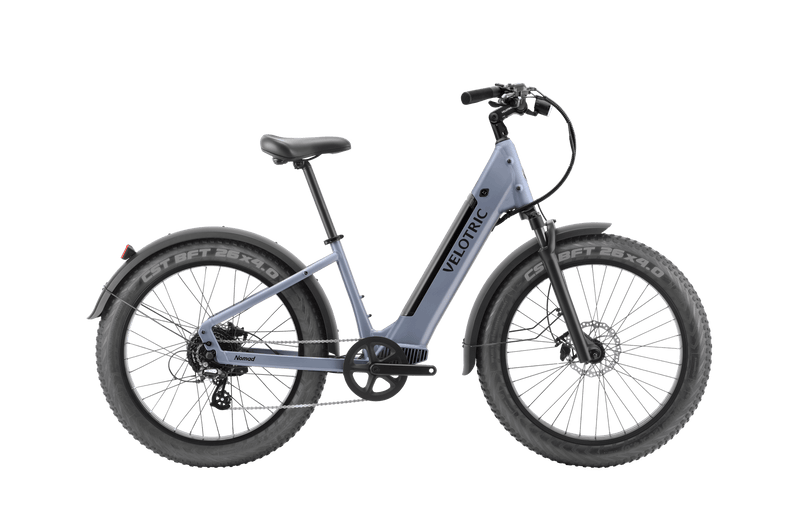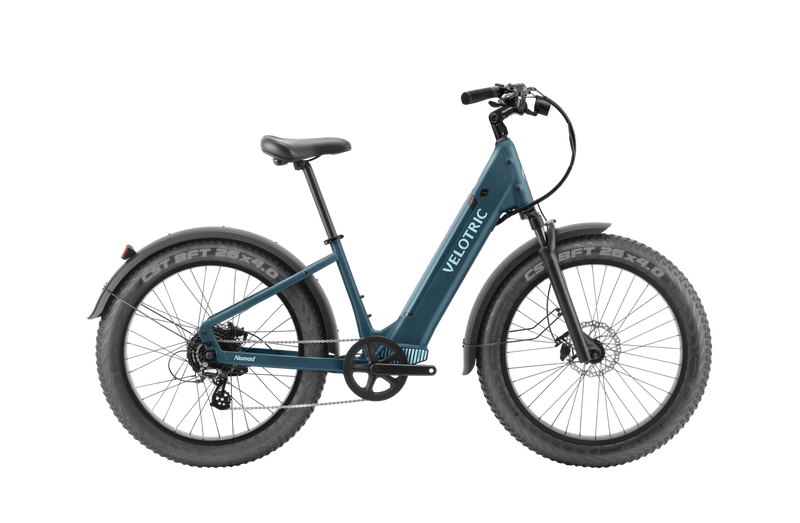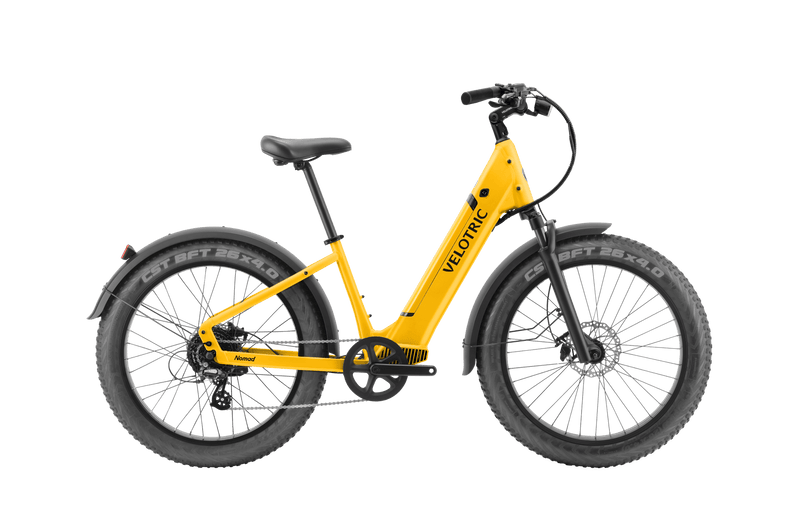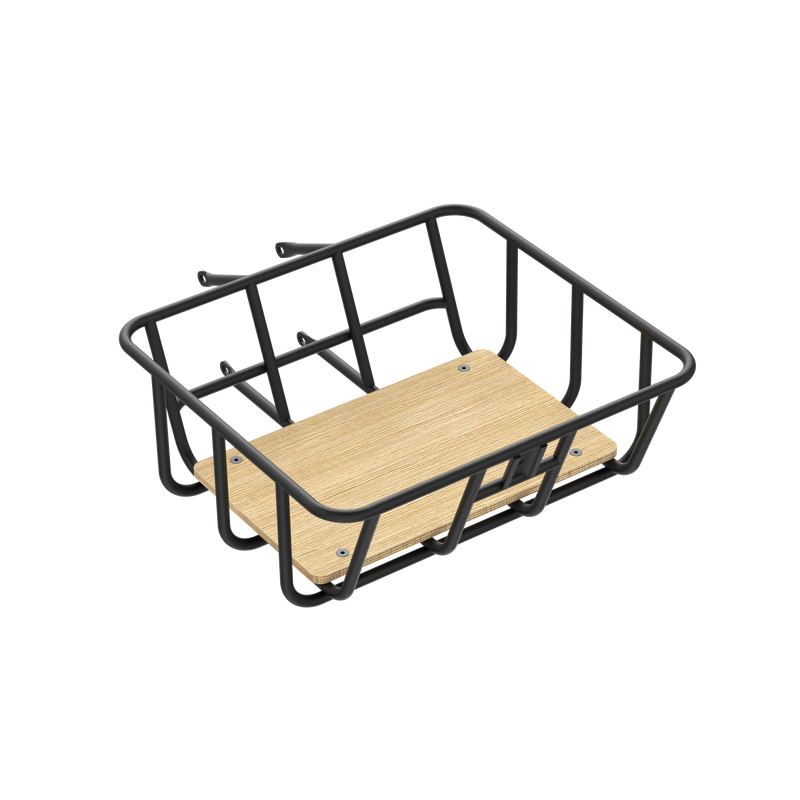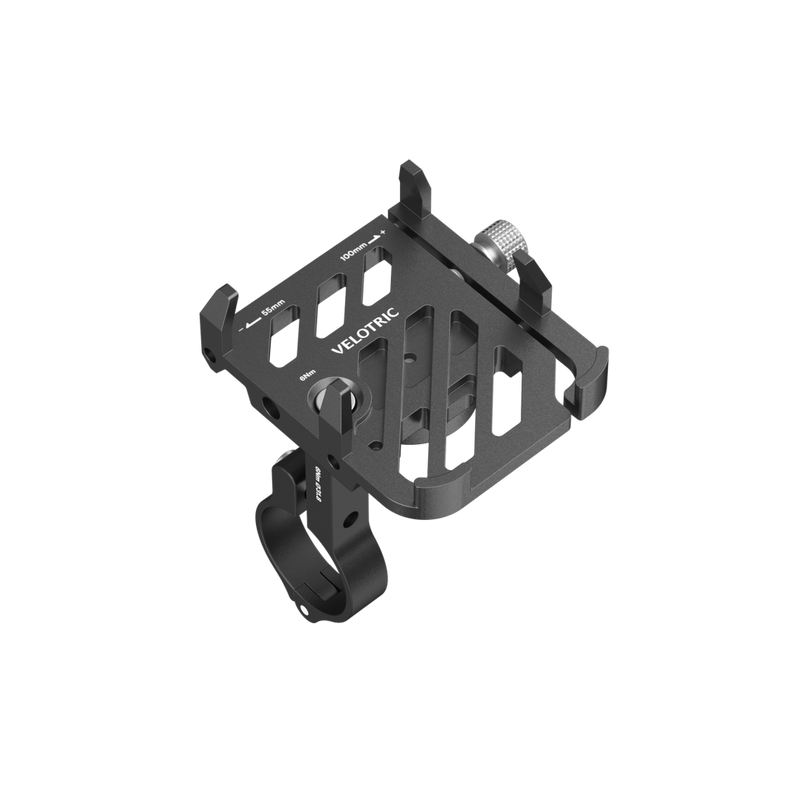Selecting the correct seat for your e-bike might make all the difference between a fun ride and a miserable one. Although electric help makes riding simpler, spending time on an inappropriate seat might still cause discomfort and discourage frequent riding. Your seat choice greatly affects your whole comfort and riding experience, whether your trip is for longer trips, weekend leisure rides, or commutation to work.

What Makes Up a Quality Ebike Seat?
An ebike seat is made of numerous important parts cooperating to give support and comfort. Usually composed of flexible plastic or carbon fiber, the shell forms the basis of the seat and decides its basic shape. Usually high-density foam or gel padding materials cover this shell and act as cushions and pressure distribution tools. Commonly composed of synthetic leather, nylon, or real leather, the outside cover shields the interior parts and influences weather resistance and longevity.
Various riding positions and requirements are catered for by different seat types. Wide platforms and lots of padding on comfort seats are perfect for upright riding positions. For more active riding, sport seats provide a smaller profile with strategic padding. Some specialized designs feature channels or ergonomic cuts to relieve strain on delicate places.
Construction quality plays a crucial role in seat performance. Look for reinforced edges, waterproof seams, and durable rail systems that connect the seat to your bike. Premium seats often feature multi-layer padding and specialized zones designed for different pressure points.
How Does Your Riding Style Affect Ebike Seat Choice?
Your choice of seat should directly be influenced by your riding technique and usual use patterns. Often benefiting from waterproof materials and mild padding, daily travelers need a seat that strikes comfort with weather resistance. Because speed and performance are less important than general comfort, leisure riders usually want broader seats with greater cushioning. Long-distance cyclists need chairs that give enough support without too much cushioning that can over time generate pressure points.
Your decision also depends on the topography you usually come across. While mountain riders might need more cushioning to absorb shocks and vibrations, urban cyclists confronting smooth pavement can choose lighter padding. Think about how often you will be mounting and dismounting depending on whether you will be regularly stopping and starting in traffic.
Your natural riding position plays a crucial role in seat comfort. Upright riding, common on city and cruiser ebikes, calls for wider seats with more rear support. Forward-leaning positions, typical on sporty models, work better with narrower seats that allow greater leg movement. Your ebike's handlebar height and frame geometry also influence your optimal riding position and, consequently, your ideal seat choice.
What Makes a Ebike Seat Truly Comfortable?
The secret to seat comfort lies in matching its physical characteristics to your body and riding needs. Width is particularly crucial - your seat should fully support your sit bones, typically requiring 140-160mm for women and 130-150mm for men. Length affects how easily you can shift position during rides, with longer seats offering more movement options.

Anatomical considerations include:
- Pressure relief channels
- Gender-specific contours
- Tapered nose design
- Edge flexibility
Padding and materials significantly impact comfort.
- Foam Types
- High-density for support
- Multi-layer for comfort
- Memory foam options
- Variable density zones
- Material Selection
- Durable synthetic covers
- Breathable fabrics
- Weather-resistant options
- Anti-slip surfaces
Don't assume more padding equals more comfort. Often, properly shaped, firmer padding provides better long-term comfort than extremely soft cushioning.
Which Special Features Do You Really Need for Ebike Seat?
Modern ebike seats come equipped with various features designed to enhance comfort and functionality. Suspension systems ranging from basic springs to sophisticated elastomer designs can significantly improve ride quality by absorbing road vibrations and impacts. These systems are particularly valuable for riders dealing with rough roads or those who prefer not to install a suspension seatpost.
Pressure relief channels and ventilation features work together to maintain comfort during longer rides. Anatomically designed channels help reduce pressure on sensitive areas, while strategic ventilation ports and breathable materials help manage temperature and moisture. Weather resistance becomes crucial for year-round riders, with sealed seams and water-resistant materials protecting the seat's internal components from deterioration.
Quick-release mechanisms offer convenient security options, allowing you to easily remove your seat when parking in public areas. Additionally, some seats feature integrated mounts for accessories like taillights or small bags, adding functionality without compromising comfort.
How to Buy the Right Ebike Seat
Finding your perfect ebike seat requires a methodical approach to testing and selection. Most quality bike stores have test seats or comfort guarantee periods, which let you try a seat for a few rides before committing. Plan rides that reflect your usual usage; a quick spin around the block isn't enough to assess true comfort.
Proper adjustment is crucial for any seat evaluation:
- Height: Set for slight knee bend
- Tilt: Generally level or 1-2 degrees down
- Forward/Back: Adjust for comfortable reach
- Center Position: Align with bike's centerline
Understand that most quality seats require a break-in period:
- 2-3 weeks of regular riding
- 100-200 miles typical
- Padding will conform to your body
- Initial firmness will soften slightly
Price and Purchase Considerations:
- Budget seats: $30-50
- Quality comfort seats: $50-100
- Premium ergonomic options: $100-200+
- Buy from reputable dealers
- Check return policies
- Consider warranty coverage






























